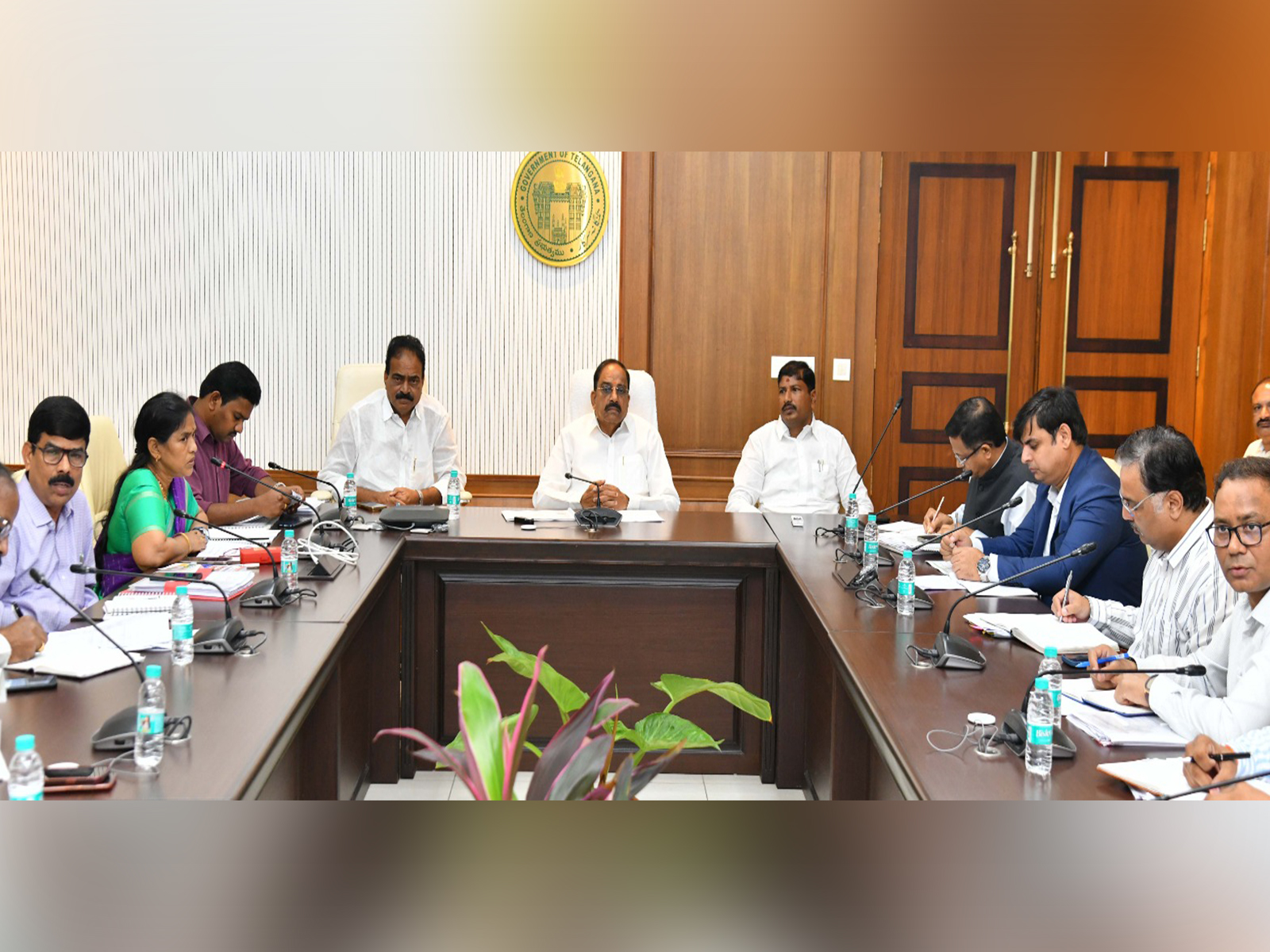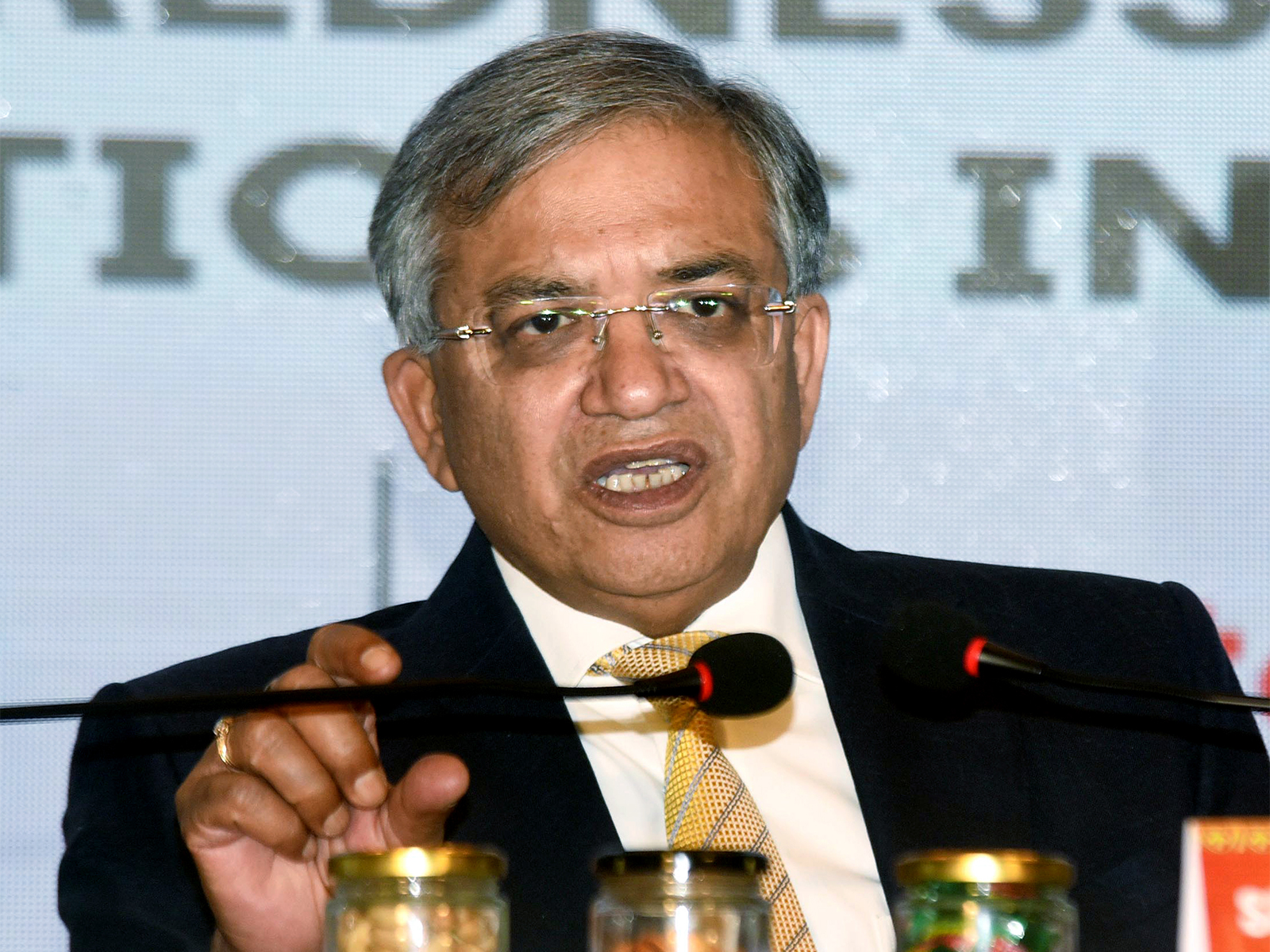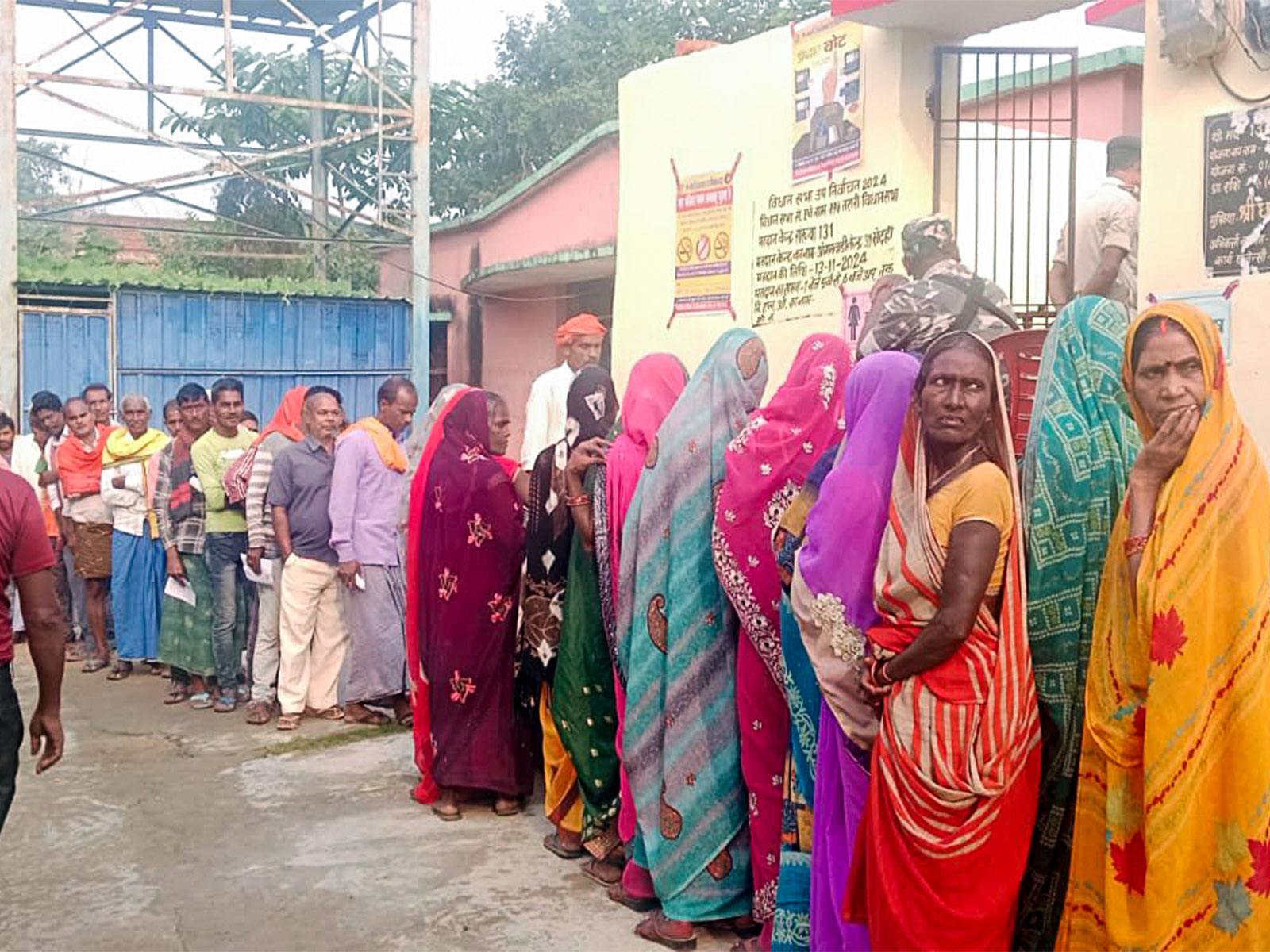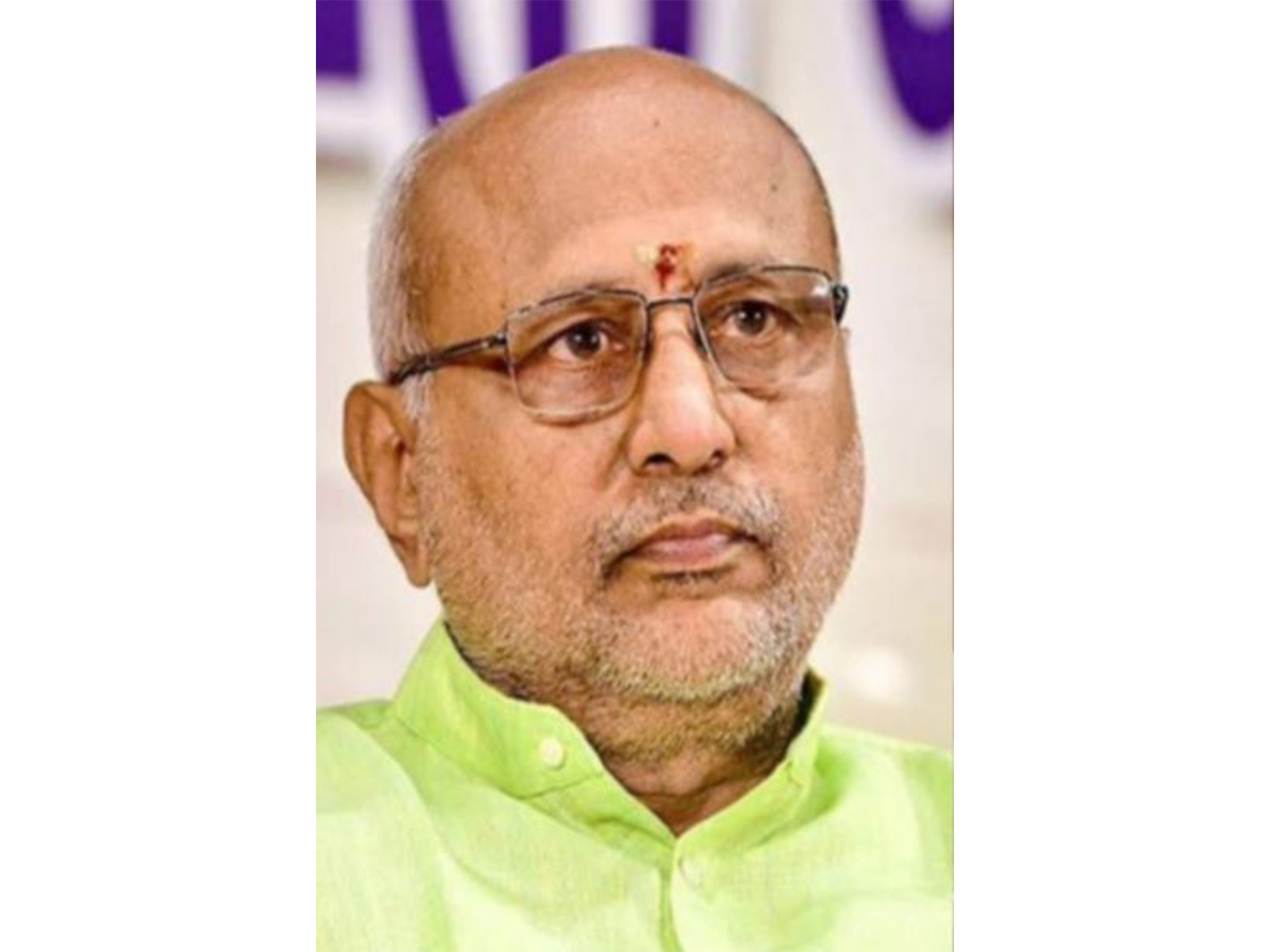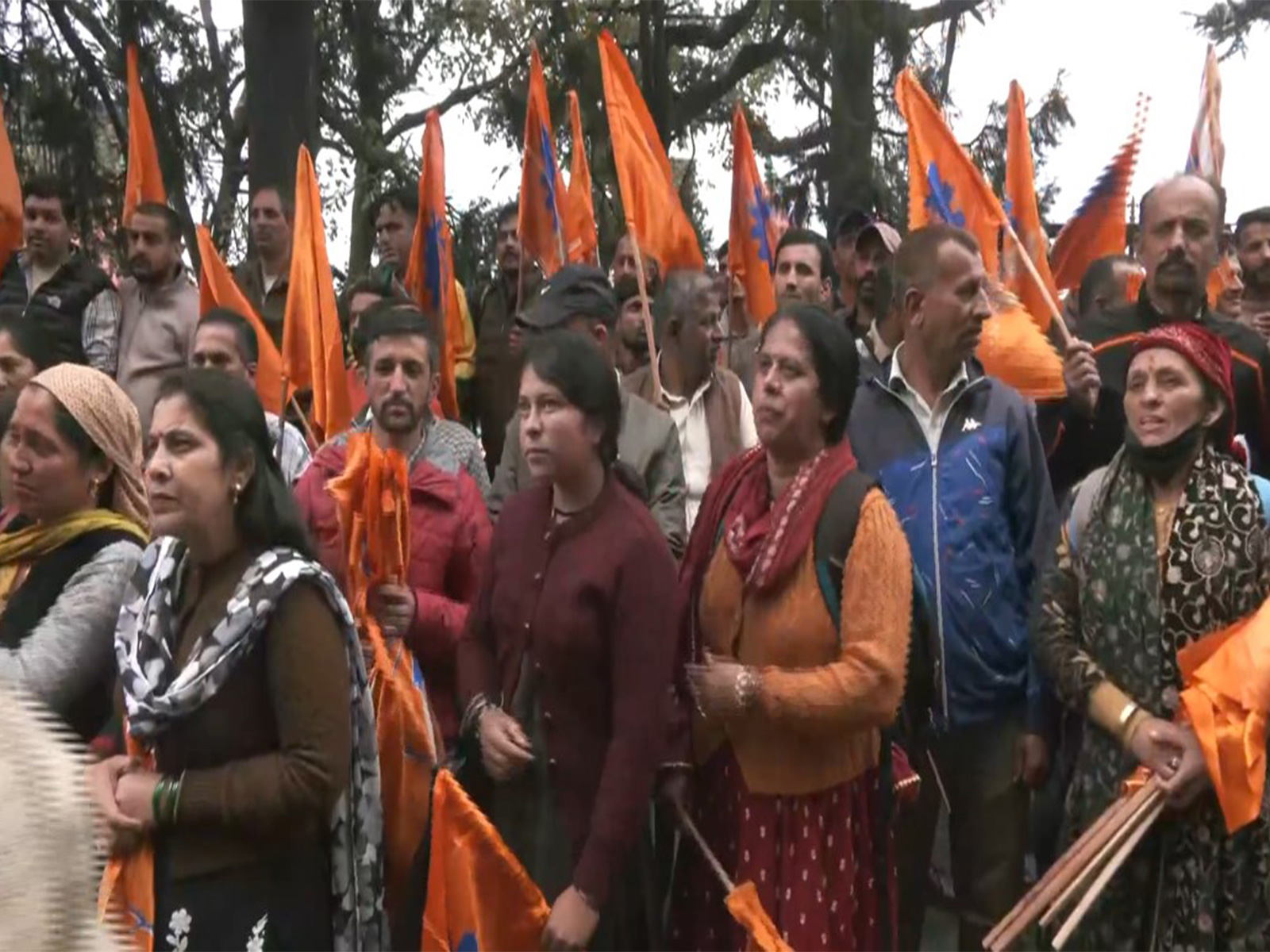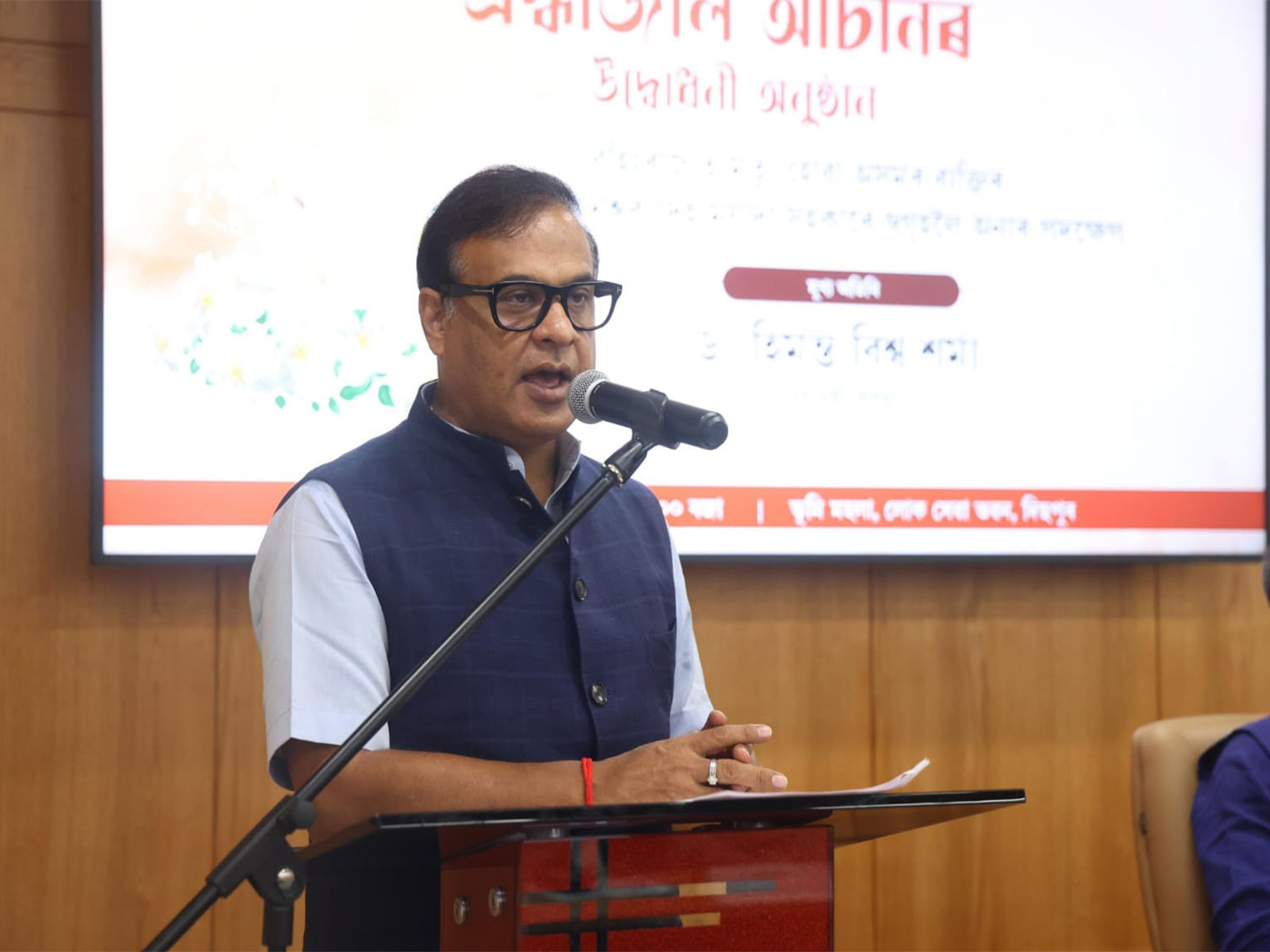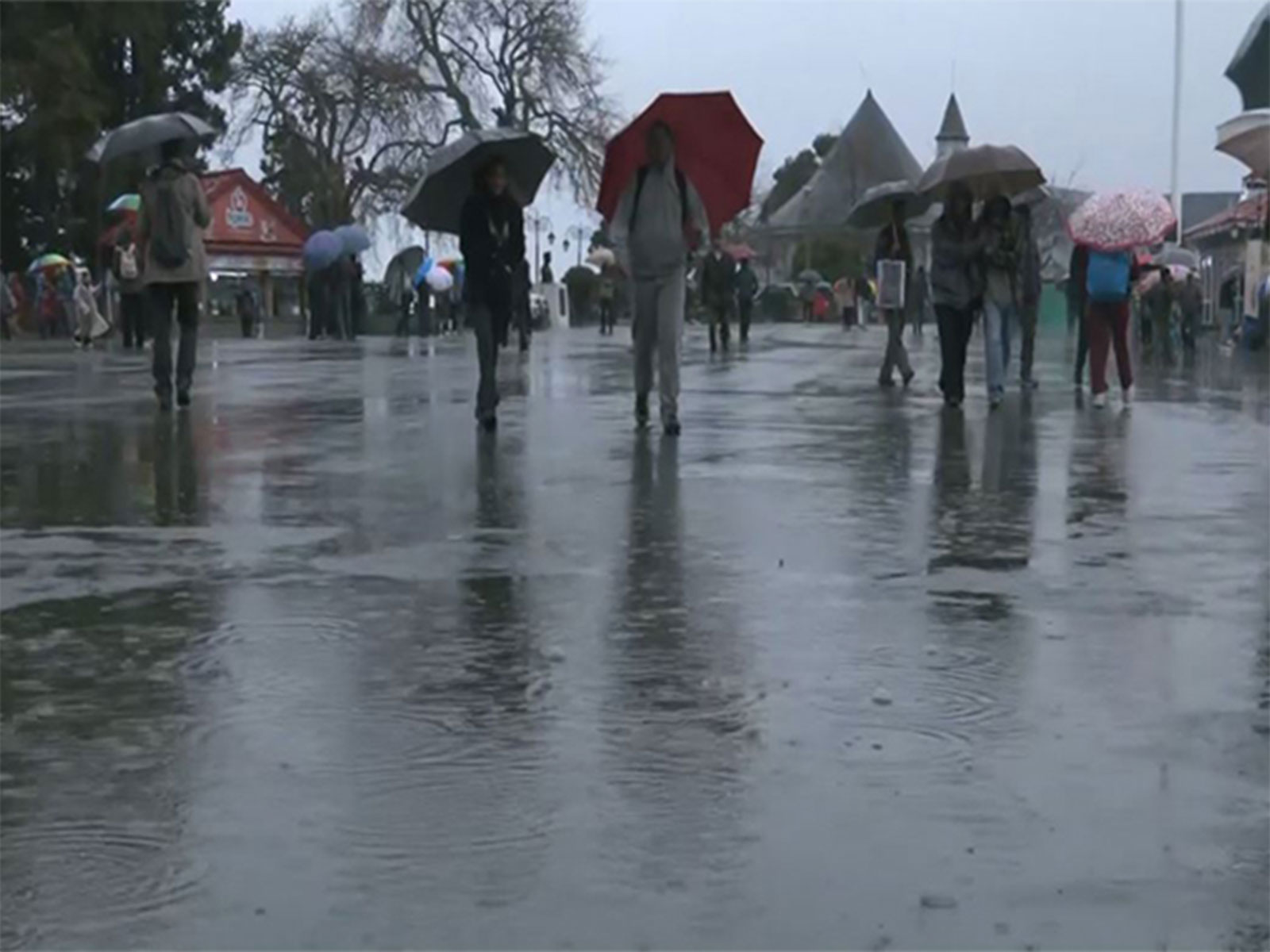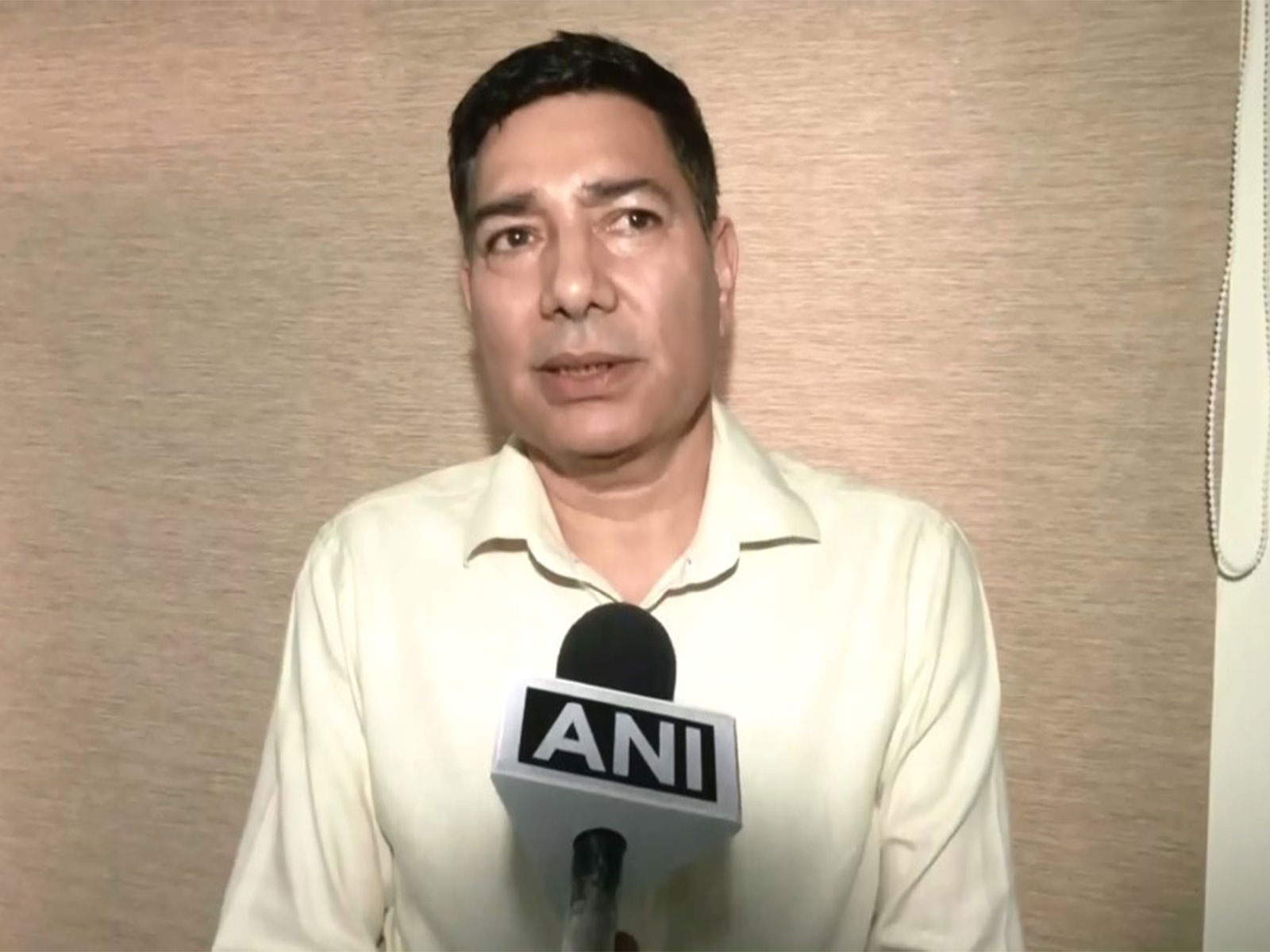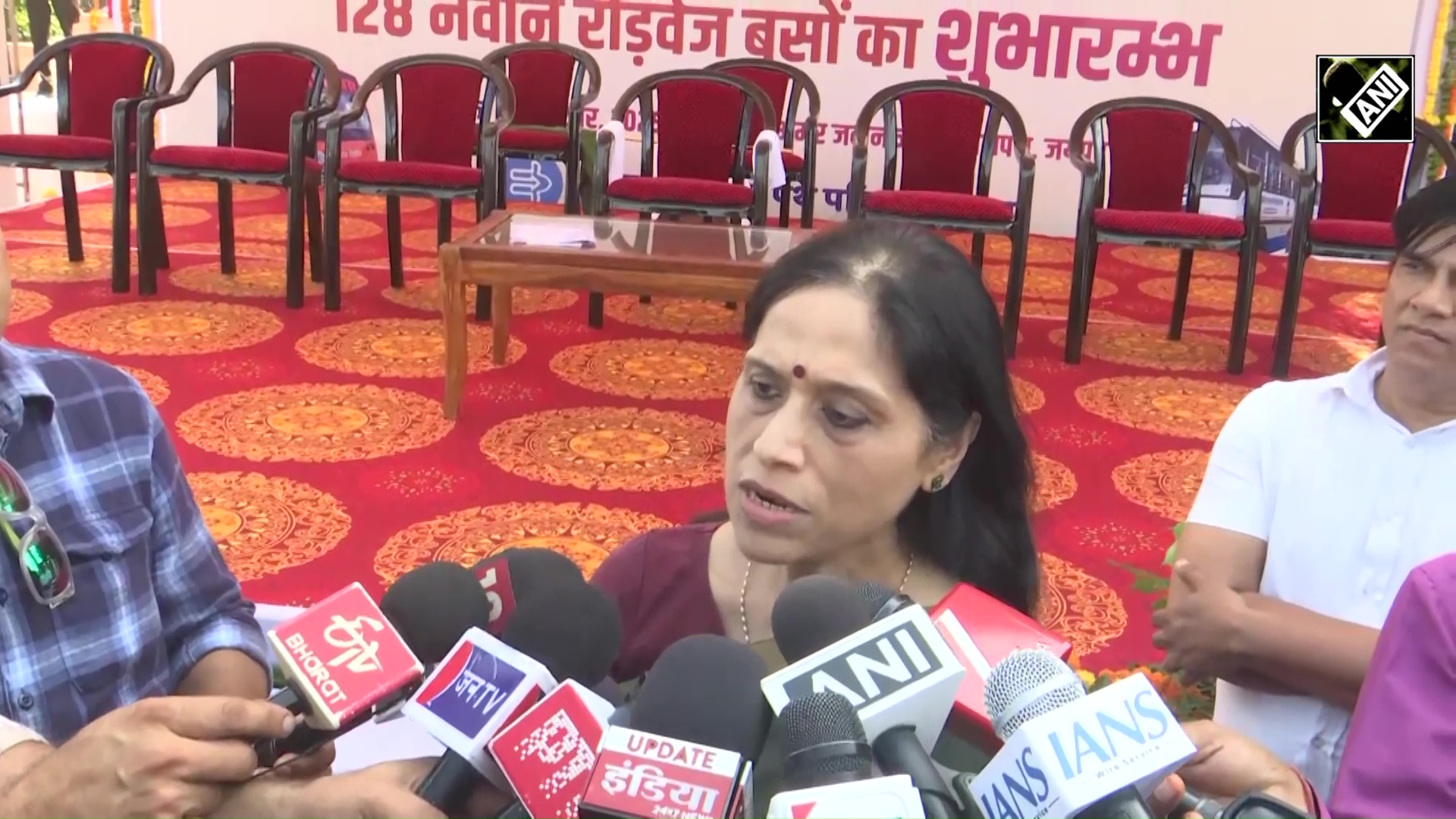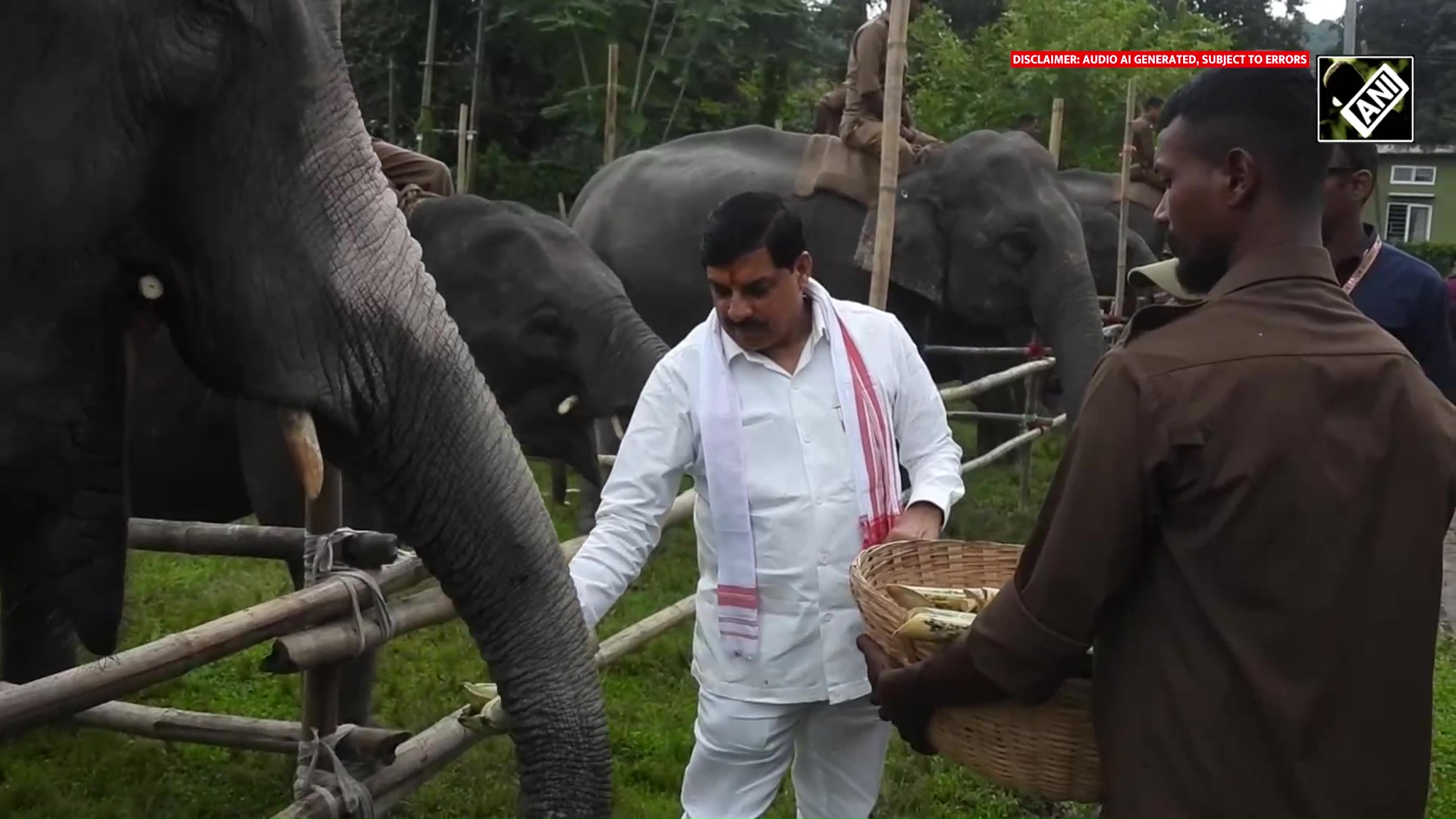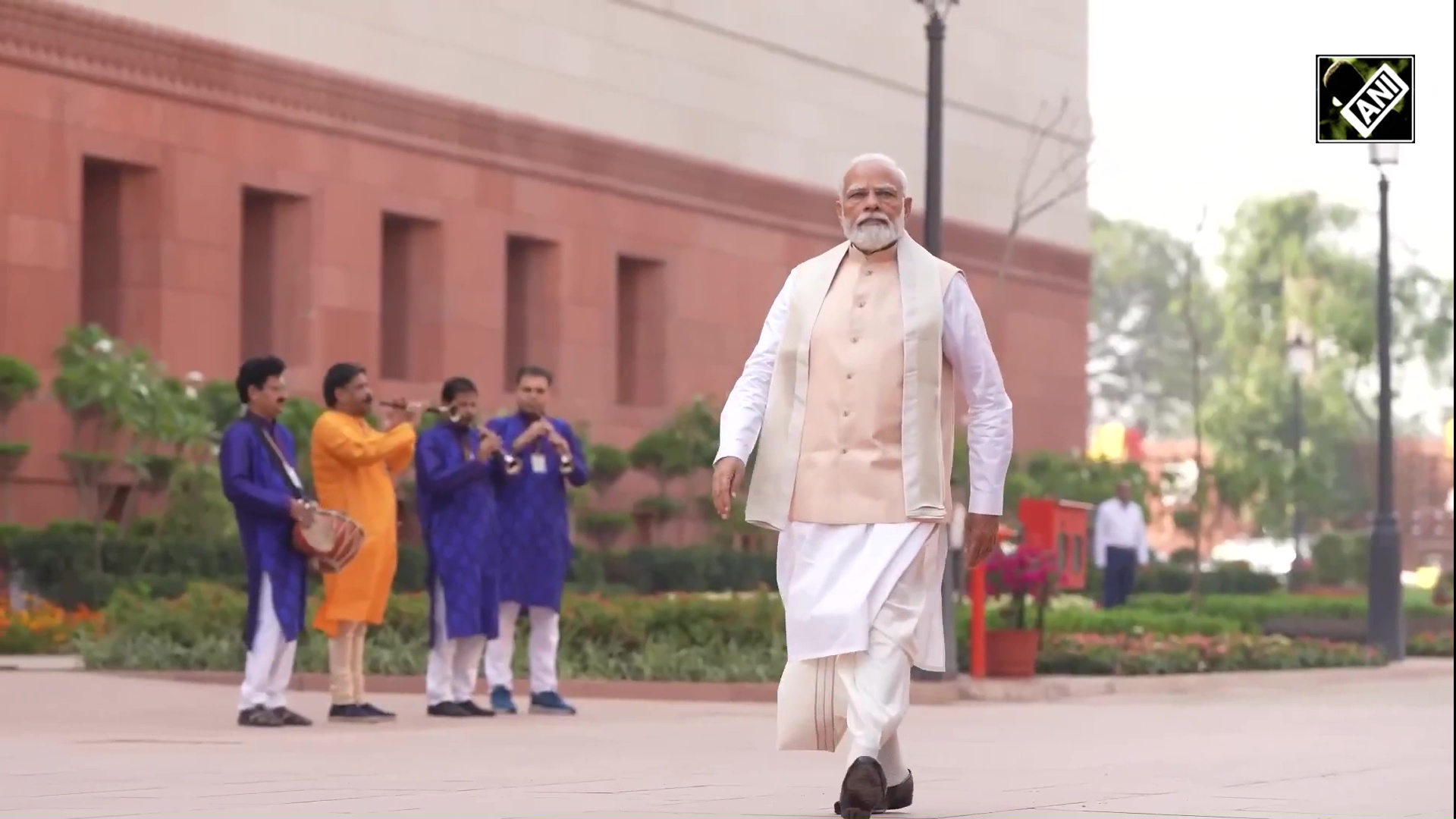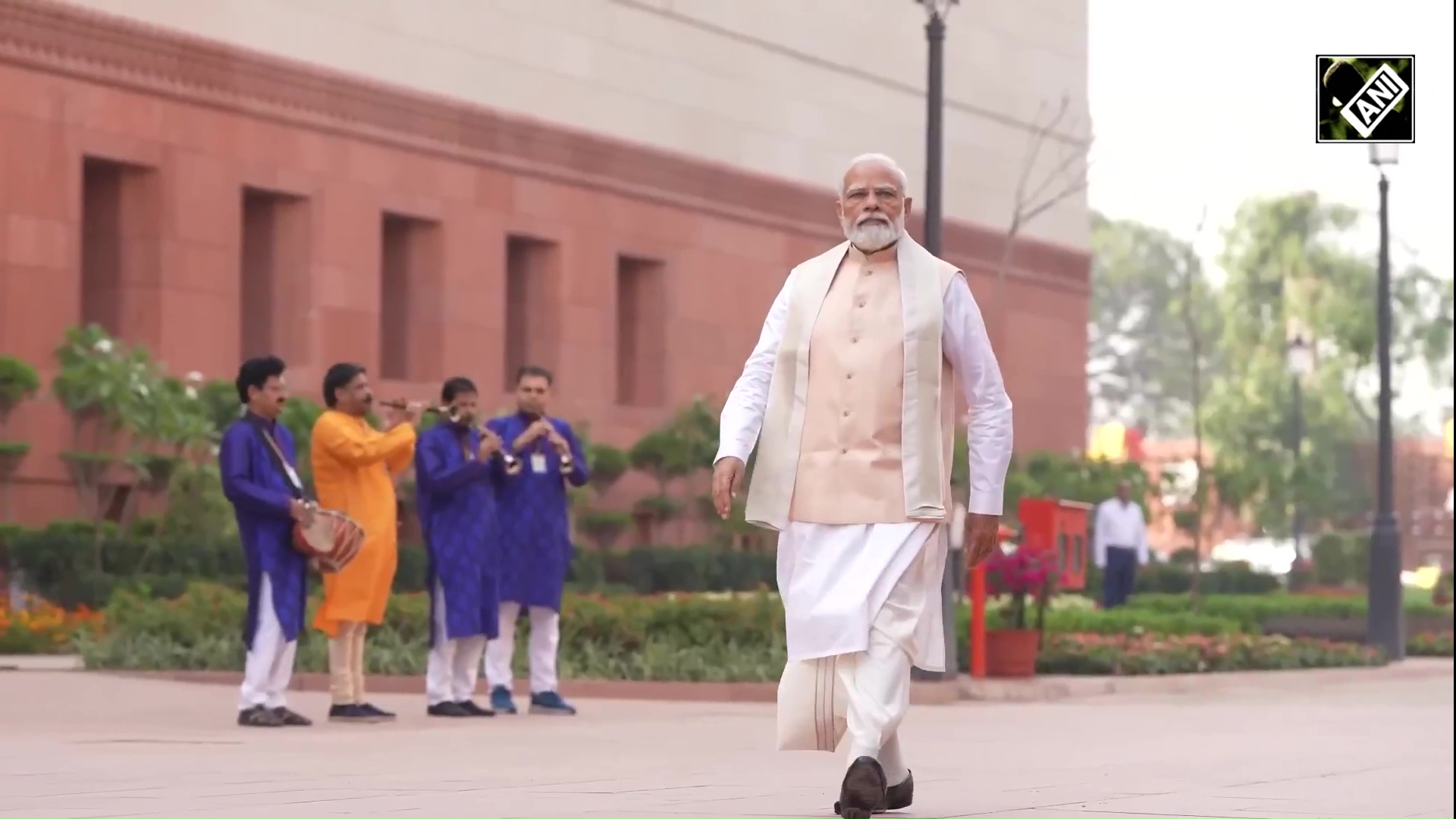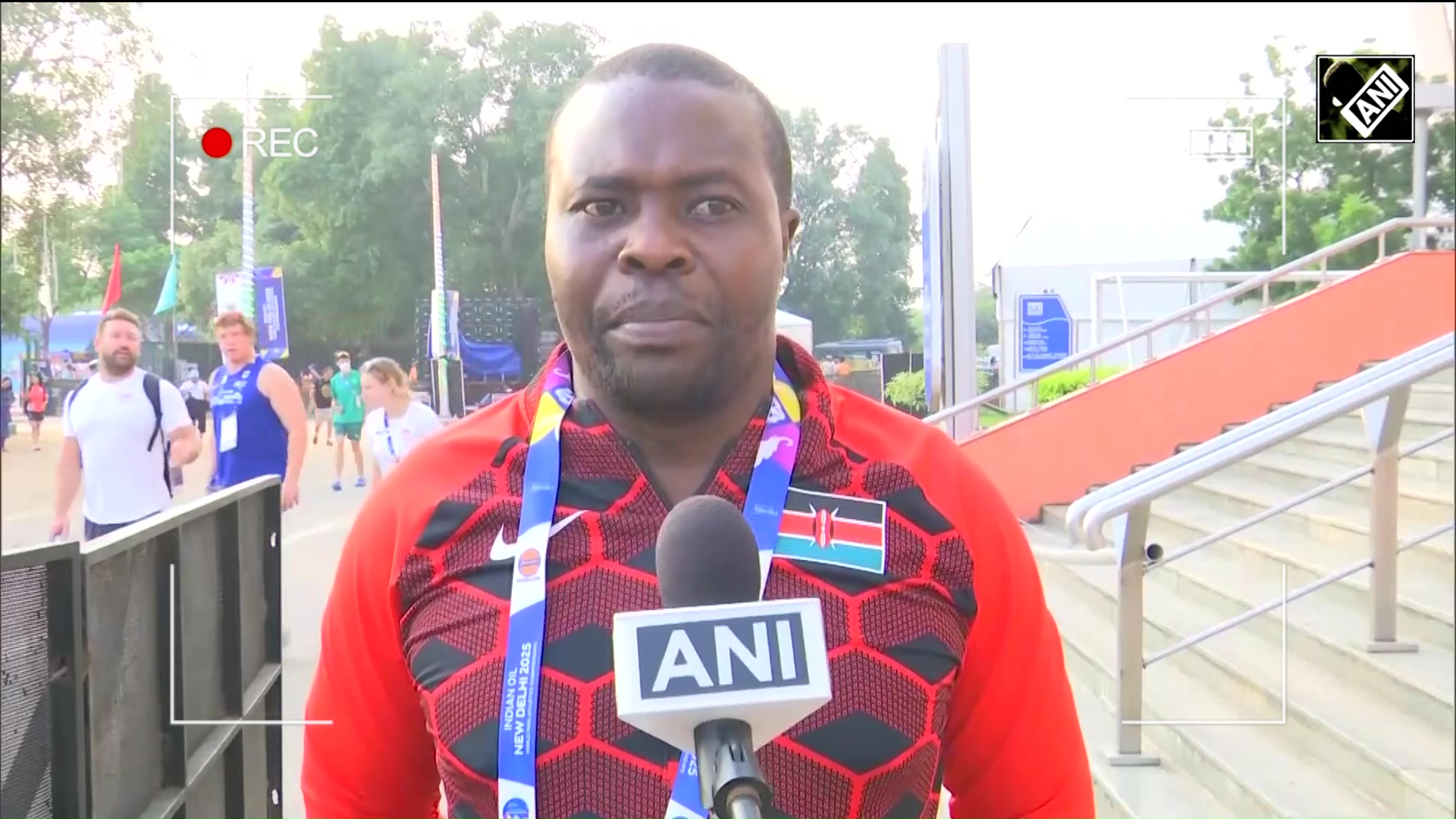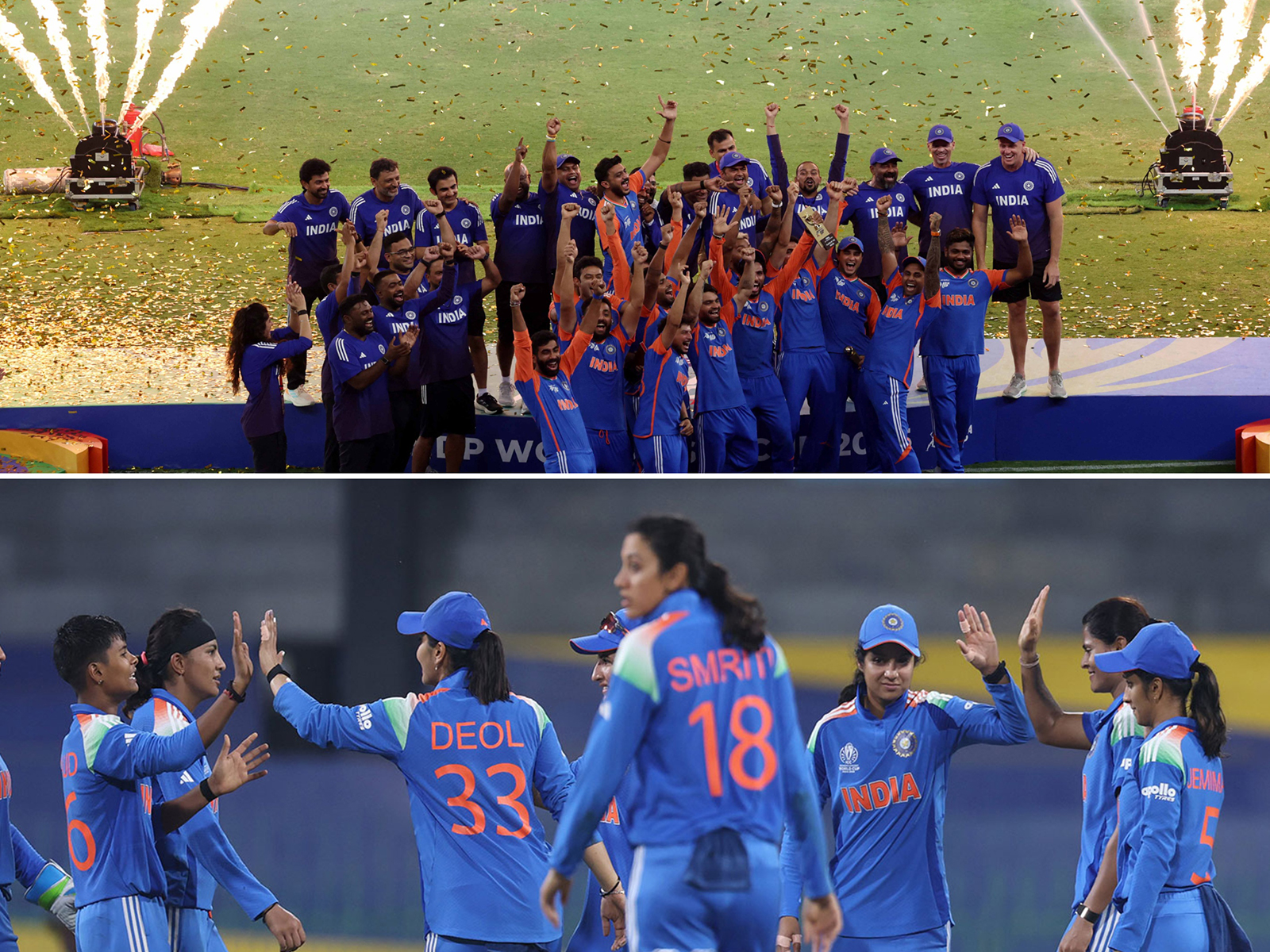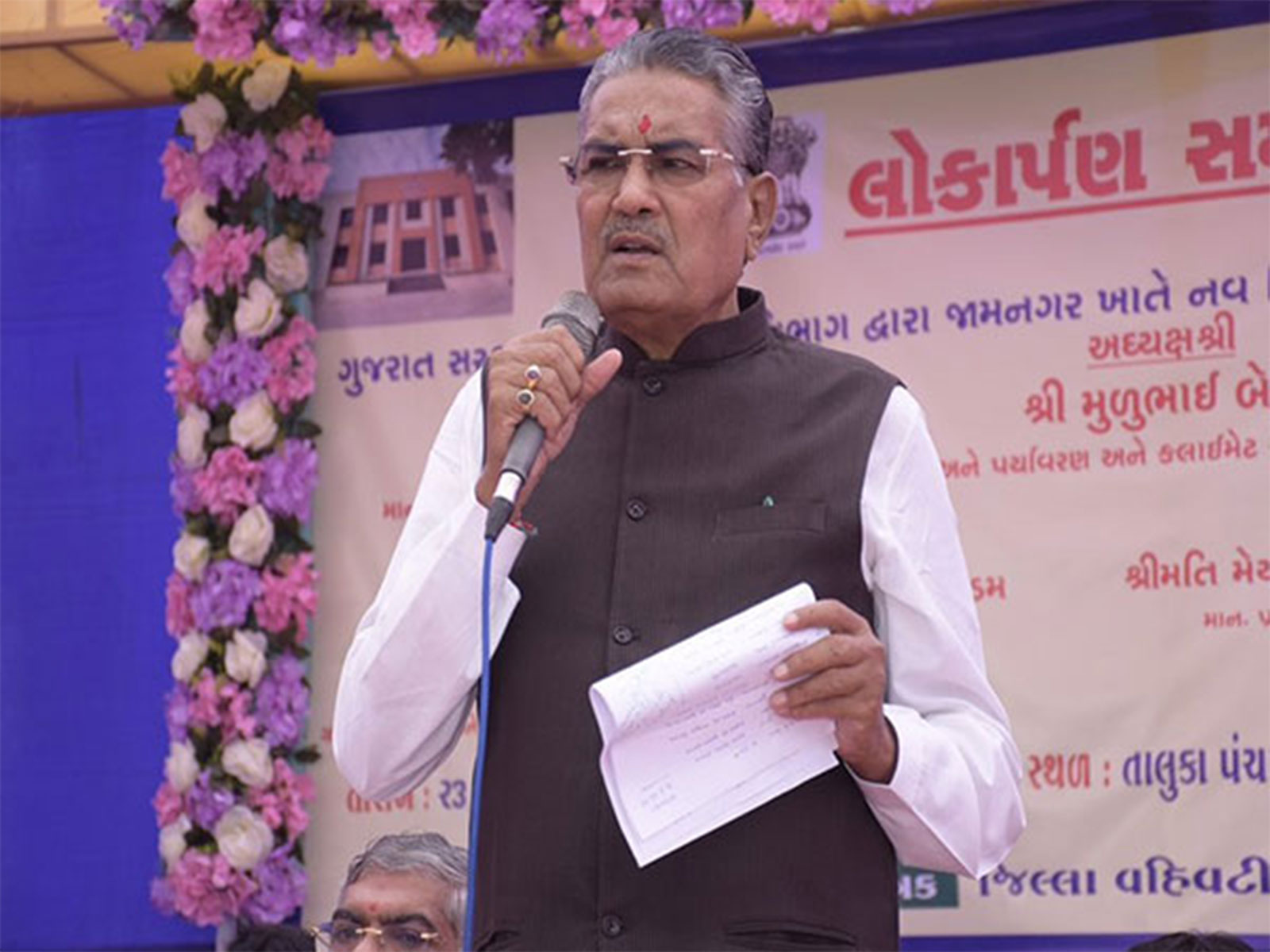
"Gujarat cotton industry grew by over 50 lakh bales under PM Modi's leadership," says Raghavji Patel
Oct 06, 2025
Gandhinagar (Gujarat) [India], October 6 : Gujarat Agriculture Minister Raghavji Patel stated that, under the guidance of Prime Minister Narendra Modi during his tenure as Chief Minister of Gujarat, the state's cotton sector has seen a remarkable transformation over the past two decades, the Chief Minister's office said in a press release.
Raghavji Patel said, "Thanks to various initiatives under PM Modi's strong leadership, the cotton cultivation area in Gujarat expanded from 17.49 lakh hectares in 2001-02 to 23.71 lakh hectares by 2024-25. At the same time, cotton production surged from 17 lakh bales to 71 lakh bales, while productivity rose from 165 kg lint per hectare to 512 kg lint per hectare."
Describing cotton as one of the most essential needs of human life, Patel added that after food, clothing holds great importance, and cotton plays a vital role in meeting this need. The world celebrates October 7 as "World Cotton Day" to acknowledge its global significance.
Cotton, often referred to as "white gold," has deep roots in Gujarat, a state that has remained progressive and at the forefront of cotton cultivation for decades.
Gujarat's cotton sector holds great importance for both the state and the nation. When the state was formed in 1960, its cotton productivity stood at just 139 kg lint per hectare; however, today it has risen to 512 kg lint per hectare, surpassing the national average.
These figures clearly demonstrate that through research advancements, extensive development initiatives, farmer-oriented government policies, and the dedicated efforts of farmers, Gujarat has generated billions of rupees in revenue from cotton--an achievement of great significance for any state's economy.
While providing details on cotton, Raghavji Patel stated that at the time of India's independence, while most textile mills remained within India, the key cotton-producing areas became part of Pakistan. Consequently, India faced a shortage of raw cotton and had to import it from other countries at a significant cost in foreign exchange.
In 1971, following research at the Surat research farm, the Hybrid-4 (Sankar-4) cotton variety was developed, marking the beginning of the hybrid cotton era across India. This led to a rapid and substantial increase in the country's cotton productivity. Consequently, India not only fulfilled its domestic raw cotton needs but also began exporting the surplus. In 2020-21, India recorded a historic cotton export worth Rs 17,914 crore, he added.
Gujarat currently ranks second in the country in terms of cotton cultivation area, production, and productivity. In the 2025-26 season so far, cotton has been sown across 21.39 lakh hectares in the state, with an estimated production of 73 lakh bales. The state accounts for roughly 20 per cent of India's total cotton cultivation and about 25 per cent of its total cotton production.
The minister expressed confidence that, with the state government's various incentive schemes and ongoing efforts in cotton development, Gujarat is set to become the nation's leading hub for cotton production, contributing the largest share to India's total output.
The minister said that even during the Bt cotton era, Gujarat was at the forefront of developing Bt hybrid varieties and obtaining their official approval nationwide. Thanks to the state government's concerted efforts, the first two public-sector Bt hybrids--Gujarat Cotton Hybrid-6 (Sankar-6) BG-II and Gujarat Cotton Hybrid-8 (Sankar-8) BG-II--received approval from the Government of India in 2012. Later, in 2015, two additional BT hybrids--Gujarat Cotton Hybrid-10 (Sankar-10) BG-II and Gujarat Cotton Hybrid-12 (Sankar-12) BG-II--were developed, providing farmers in Gujarat with four Bt cotton varieties for cultivation.
The Minister highlighted that, with the continuing rise in global population, the demand for natural fibres, textiles, edible oils, and cottonseed for animal feed is projected to increase by 1.5 times by 2030 and double by 2040 compared to current levels. He emphasised that, by focusing on research, innovative and advanced solutions, and self-reliance in domestic production, Gujarat can provide a significant contribution to India's economy through the export of cotton.
